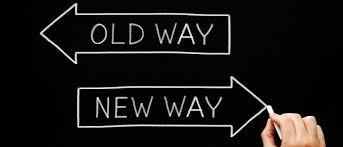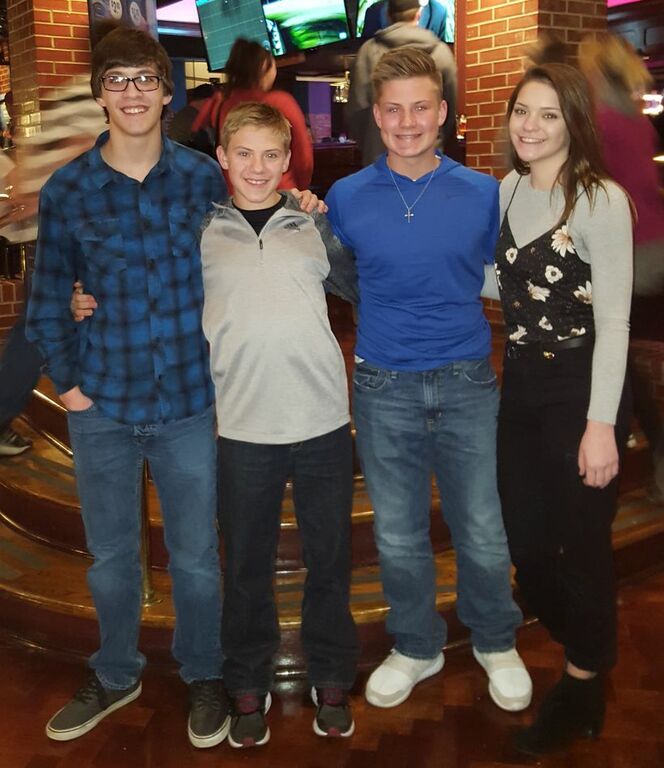
Old thinking: Infertility is something to be ashamed of.
New thinking: Coming to terms with infertility is a process. With proper education and counseling, healing can begin so that the shame of infertility isn’t passed along to the child as the shame of being donor-conceived.
Old thinking: Keep the secret. Don’t tell anyone that you used a donor, especially your child.
New thinking: Secrecy implies shame. Openness and honesty are the best choices for all families, and your child has the right to know about how they were conceived. Donor children do not love their non-bio mom or dad any less, so this is something that shouldn’t be feared.
Old thinking: Wait until the child is “old enough” to understand donor conception before telling them they are donor-conceived.
New thinking: Research shows that starting the conversation long before a child can fully understand is best. That way, the information is incorporated into a child’s identity, and there is never any “telling” event.
Old thinking: Wait until a child is “old enough” or until they ask before telling them about half-siblings.
New thinking: We don’t wait to tell children about any other relatives, so why wait to tell them about half-siblings? Why not give a child the opportunity to grow up knowing their half brothers and sisters? Why risk a child asking later on, “You mean I could have grown up knowing my half-siblings? Why didn’t you allow that?”
Old thinking: If your donor-conceived child finds out the truth, ask them to keep the secret.
New thinking: It is not healthy or fair to ask your child to keep this information a secret. Secrecy implies shame. Being donor-conceived is a part of their identity and needs to be acknowledged and embraced. If the child is struggling with this new information, it’s a parent’s responsibility to walk with them and support them. Parents: You can apologize for keeping the secret. This is no longer about you.
Old thinking: Donors can and should remain anonymous, for 18 years (“open” donors) or forever (”anonymous” donors).
New thinking: DNA = Donors Not Anonymous. With DNA (and the Internet, social media, public records, etc.) donor anonymity ceases to exist. Many egg clinics/agencies are now writing the Donor Sibling Registry into their contracts so that contact between parents and donors is made right from pregnancy or birth. Why don’t sperm banks do the same?
Old thinking: Donor-conceived people should be kept from their biological parents for at least 18 years, as with “open” or “willing-to-be-known” donors.
New thinking: It can be extremely important for both medical and psychosocial reasons for donor offspring to connect with their biological parents, long before the age of 18. Parents: The choices that you make early on will affect your child for decades to come.
Old thinking: If donors are anything but “anonymous” they will have rights and responsibilities for their donor offspring.
New thinking: Donors who donate through clinics and sperm banks have no legal rights or responsibilities.
Old thinking: Donors shouldn’t tell their spouses or children that they were donors.
New thinking: Donors should be telling anyone that they are in a serious relationship with that they have sold their eggs or sperm. Donor’s children should be told that they (might) have (many) half-siblings, as they too might want to connect. Again, secrecy implies shame. Own it and share it. Your family has the right to know.
Old thinking: DNA doesn’t make a family.
New thinking: DNA is certainly not the only way to make a family, but it can and does define family. As with adoption, many donor-conceived people wish to connect with and learn about their ancestry, medical history, and first-degree genetic relatives. There is no need for a parent to minimize the importance of their child’s “other” genetic relatives. For parents, it might be nothing more than a “donated cell,” but to a donor child, it can mean so much more.
“You can’t really know who you are and where you’re going unless you know where you come from.”
—Bruce Springsteen
Old thinking: Donors shouldn’t have any obligation to update their medical records.
New thinking: Updating and sharing of medical information is crucial and can even save lives. Parents should know about all medical issues reported by families and donors, both before and after pregnancy.
Old thinking: There is no need for accurate record-keeping on the children born from gamete donations.
New thinking: There is a dire need for accurate record-keeping so that groups of half-siblings of 50, 100, or 200 stop happening. You can’t notify families of reported medical issues if you don’t know who they are.
Old thinking: It is more important to put profit before ethics in the reproductive medicine industry.
New thinking: The needs and rights of the child should be considered first and foremost.


